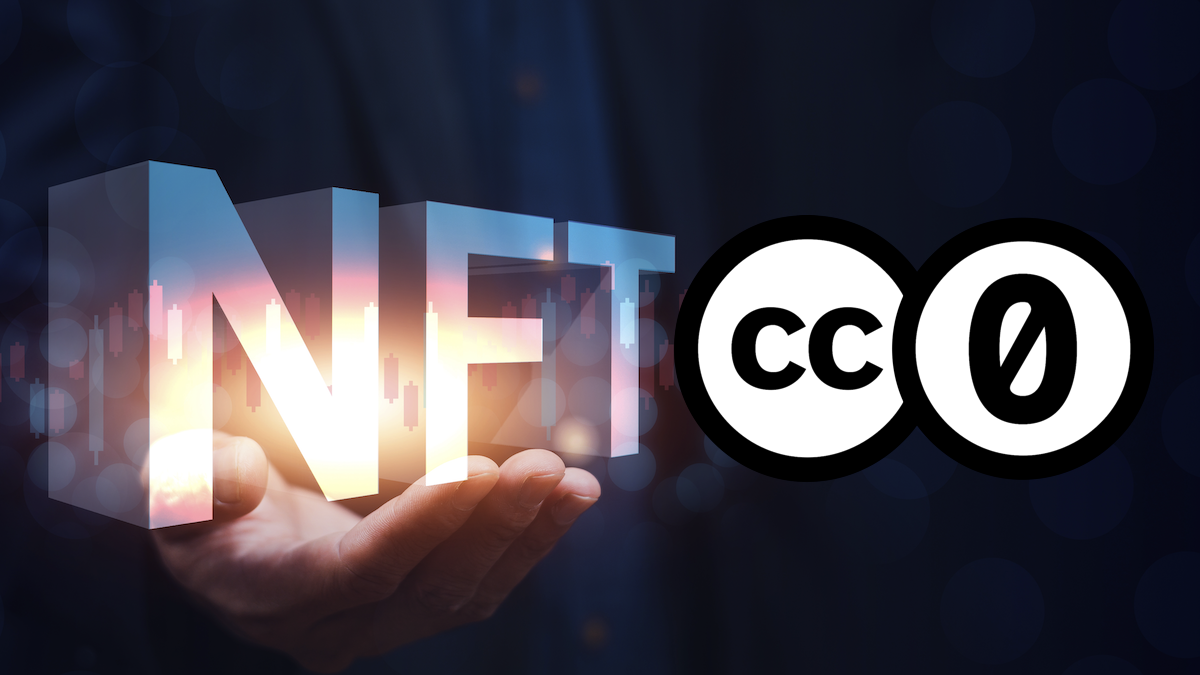[Written in cooperation with WWVentures]
NFT projects, or non-fungible token projects, are a way of creating digital ownership of unique assets such as artwork, music, and videos. NFTs are bought and sold on marketplaces such as OpenSea and can be used for a variety of purposes such as digital collectibles, gaming items, and digital art.
When an NFT project uses a CC0 (Creative Commons Zero) license, the project becomes freely accessible to the public and can be used, copied, modified, and distributed without permission or fee.
There are a few reasons why a project might use a CC0 license. One reason is to promote greater access and usage of the project. By making the project freely accessible, the creators are encouraging others to use and build upon their work, which can help to drive innovation and foster collaboration. Many projects have gone the CC0 route including Anonymice, Blitmap, Chain Runners, Cryptoadz, Goblintown, Loot, mfers, Nouns, and more.
Allowing others to build upon the work and create new projects and revenue streams, ultimately benefit the creators and the whole community. NounsDAO has recognized this and promotes new derivative projects through their open proposals process. Projects that build on Nouns IP are considered “Nounish” community projects and are considered extensions of NounsDAO. The overall Nouniverse is the result of this collective, community-driven, permission-less participation and collaboration.
Perhaps one of the most important advantages of the CC0 license is that it can be expected to help the creators satisfy the US Securities and Exchange Commission (SEC). The SEC’s concern is to prevent the sale of NFTs that act as securities without complying with the proper legal requirements. The test used here is the “Howey test” which basically says that if the NFT purchaser was investing in expectation of profits from the creators’ efforts — it’s a security. Securities fall under additional regulation which may limit a project’s growth.
The more control the creators have over the project, the use of the NFTs, the expansion of the community, etc., the higher the chance is that the SEC will determine that the purchasers of the NFTs are expecting to profit from the creators’ efforts. It’s reasonable to assume, therefore, that using the CC0 license gives more power to community contribution.
Another factor the SEC might look at is whether the creators control the price of the NFTs and of course, their number. Therefore, it is reasonable to expect that allowing the creation of multiple “copies” of the original NFT can help to convince the regulators that the NFT “behaves” more like traditional art and not like a security and that the creators are not controlling the market.
Are there any disadvantages?
One of the major objections to this new licensing model is that the ability to “freely” use an NFT (much like reproduction prints of original artwork) will devalue the “original” NFT. Why invest a lot of money buying an NFT which everybody can just right-click and save and then use as they wish, right? We believe that this argument has no merits and that the result, in many cases, will be the opposite — the “copies” or additional usage will contribute to the value of the NFT and benefit its owner.
Just like with traditional artworks (a painting or a song for example), copies usually do not devalue the original but rather make it more valuable (and more popular). To support this claim, it is enough to see the countless number of artists who distribute prints of their art, which many times have their own marketplace, without adversely affecting the price of the original.
In summary, a project using CC0 license is promoting greater access and usage of the project by fostering collaboration and innovation while the value of the NFT for the original owner can be reasonably be expected not to be adversely affected (or even to benefit from the advantages of the CC0 license).
Building in web3 requires the recognition that value compounds from participation. By open-sourcing, all or select elements of IP founders are able to electrify community engagement by lowering the barrier to entry for participation. This creates aligned incentives between creators, the community, and the brand. The benefits of which can create a more inclusive community, that may be more sustainable in the long term.


